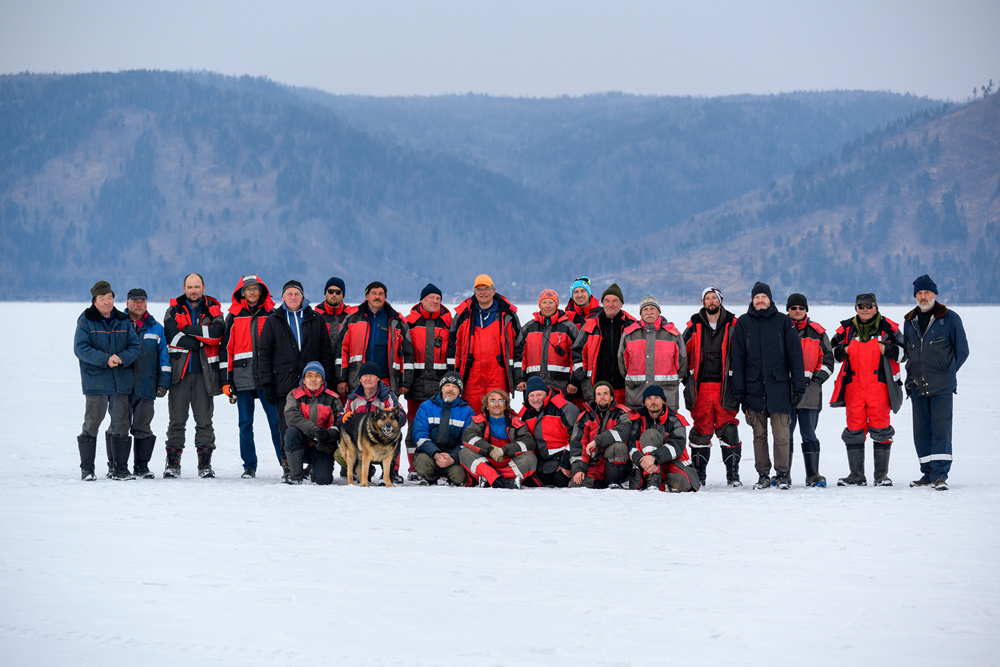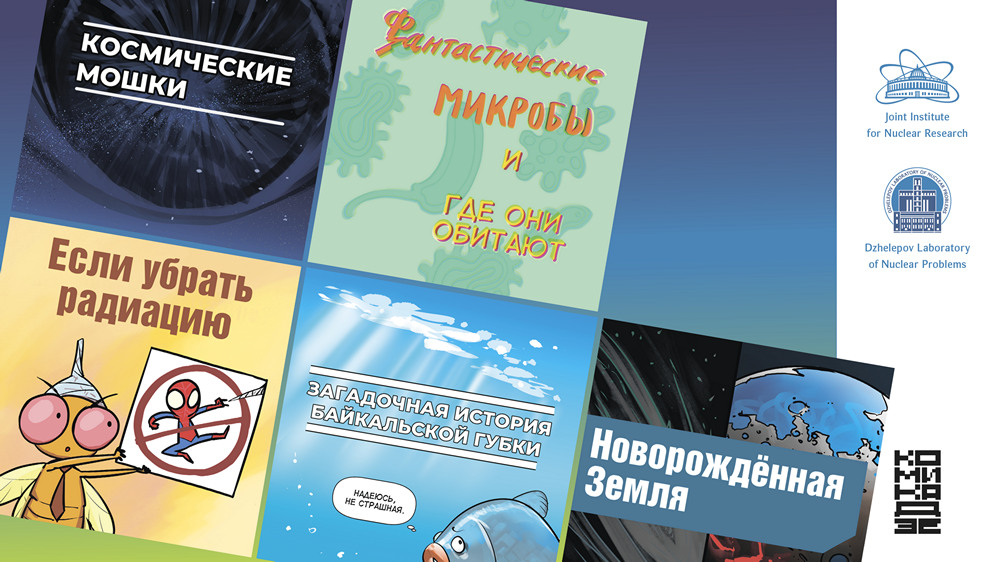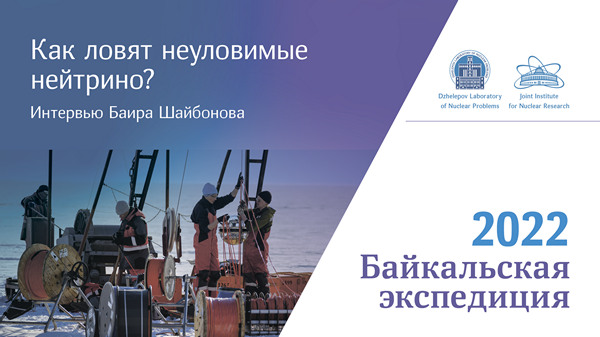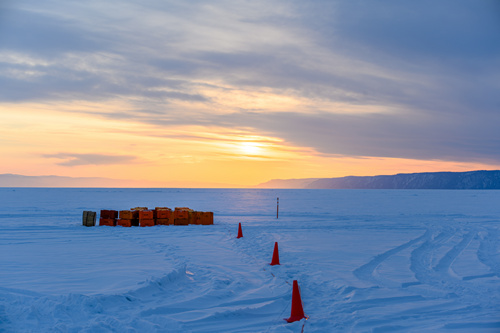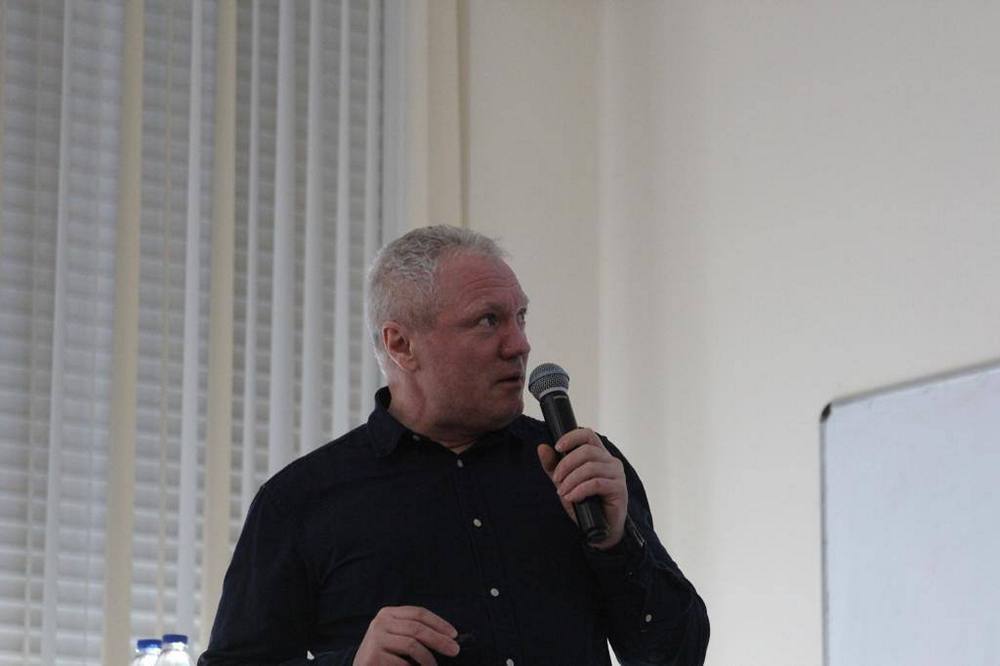News
21.04.2022
During the 2022 winter expedition, the Baikal-GVD collaboration has deployed two new clusters of the telescope, repaired, and upgraded detector elements already installed, and proceeded with developing the optical data transmission system within the facility.
The Baikal-GVD Neutrino Telescope is aimed at detecting and studying ultra-high-energy neutrino fluxes from astrophysical sources. Using it, scientists plan to scrutinize not only processes with huge energy release that occurred in the distant past but also the evolution of galaxies, formation of supermassive black holes and mechanisms of particle acceleration.
15.04.2022
There is a wealth of ways to explain something. The main thing here is to be heard and understood. How to communicate science and make it clear and entertaining? Especially at the time of information superfluity when the brain tries to protect itself from unnecessary information with all its might, when internet users do not read texts any more, but just scan through them.
12.04.2022
The 12 April 2022 marks the 109th birthday of Venedikt Petrovich Dzhelepov, the first director of the Laboratory of Nuclear Problems. He headed the Laboratory for more than 30 years, from 1956 till 1989. Venedikt Petrovich Dzhelepov is an eponym of the Laboratory of Nuclear Problems.
Venedikt Petrovich Dzhelepov was a remarkable physicist, an outstanding science administrator widely known by his investigations in accelerating equipment, nuclear and particle physics. His colleagues and friends remember him as a kind and warm-hearted person. We invite you to commemorate one of the founders of both our Laboratory and the Institute in whole.
08.04.2022
At the end of the last week, acoustic modems were delivered to the ice camp after long delays. The tenth cluster and two new experimental strings of the future eleventh cluster could not be assembled without them. Acoustic modems are mounted on the string in the same way as optical modules and used to monitor the location of the string in real time as it can be deflected from its usual position by undercurrents.
06.04.2022
A new edition of the podcast “Kot Ucheniy” (“The Learned Cat”) was issued on Radio Sputnik. The guest was a permanent participant of the Baikal expeditions to construct the neutrino telescope, a senior DLNP researcher Bair Shaybonov. He talked about the nature of the elusive particle, the way scientists can “see” it, the structure of the Baikal-GVD telescope and many other things.
04.04.2022
Celebrating the World Poetry Day on 20 March 2022, a ceremony was held at the Large Conference Hall of the Government of Moscow where medals “Fyodor Dostoyevsky. 200th Anniversary” were awarded. According to the decision of the General Committee of the Union of Russian Writers, our colleague Sergey Vasilevich Shvidky was granted this award.
04.04.2022
From this issue you will learn how the ANTARES facility was put out of service, in which way the 2022 winterover team gathered at the South Pole, which tasks were performed on the deep-underwater platform of KM3NeT/ORCA during sea operations, and also, you will find the summary of papers on neutrino astronomy here.
The current GNN Monthly issue
29.03.2022
On 25 March 2022, an event devoted to the 66th anniversary of the foundation of the Joint Institute for Nuclear Research was held at the JINR Scientists’ Club. The Head of the DLNP Experimental Department of Particle Physics Alexander Grigorevich Olshevskiy and the chief DLNP researcher Nikolay Artemevich Rusakovich were granted the Medals of the Ministry of Science and Higher Education “For Impeccable Labour and Excellence” III class.
25.03.2022
The second bottom cable is being laid from the telescope to the shore. Mikhail Milenin’s team is in action. About two kilometres are left behind during one day.
22.03.2022
The new winch has been assembled on the ice near the shore.
22.03.2022
To view the full panorama, click the square located top right, near the INFO sign. You can navigate through the panorama holding on the left button of the mouse.
21.03.2022
The series started with a lecture by the chief engineer of the Dzhelepov Laboratory of Nuclear Problems Sergey Yakovenko. He explained to students and schoolchildren from the Arkhangelsk Oblast the JINR developments in tumour treatment and the design of the future medical superconducting cyclotron for proton therapy which is two or three times more effective than photon therapy.
The lecture awoke a genuine interest. Attendees were eager to know how nuclear physics is connected to medicine, how irradiation accuracy will be achieved and whether the synchrophasotron constructed in the middle of the last century will still be used.


